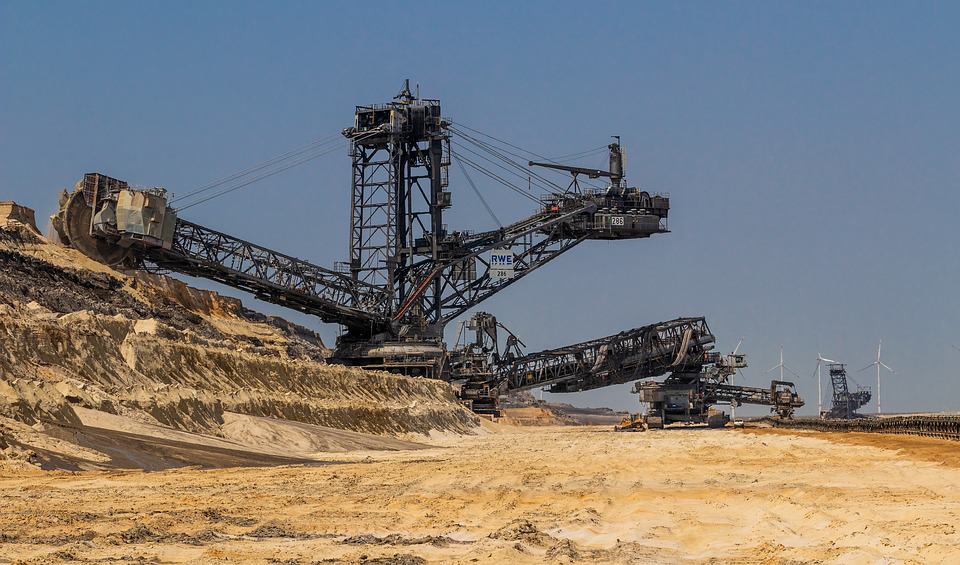Riyadh, Saudi Arabia—Saudi Arabia’s Ministry of Industry and Mineral Resources said Sunday that the number of mining complexes in the kingdom at the end of 2022 reached a total of 377 complexes, covering a total area of 44,365 square kilometers.
The complexes were distributed over 13 regions, topped by the Makkah region with 76 complexes, followed by the Riyadh region with 60 complexes, Madina 53, the Asir region 34, the Eastern Region 25, the Najran 24, the Qassim 23, Al-Jawf 20, Al-Baha 17, Hail region 16, Tabuk 14, Jazan region 11 complexes, and the Northern Borders region with four complexes.
More than 20 different minerals, including gravel, gold, iron, copper, granite and marble, are found in these complexes.
The Ministry stated that the number of sites of mineralized belts in the Kingdom until the end of 2022 reached 35 sites, which are specific geological regions and formations that contain many mineral deposits.
These are located on a total area of more than 305,000 square kilometers, equivalent to 14 percent of the kingdom’s area, and 94 percent of the area of these sites is located within the scope of the Arabian Shield with an area of 622,000 square kilometers, in addition to that the percentage of the value of mineral raw wealth in these mineralized belts is estimated at approximately 75 percent of the value of the geological stock in the kingdom, which is estimated at 5 trillion Saudi riyals.
A total of nine mineralized belts are in Makkah Al-Mukarramah, seven in Asir, six in Riyadh, five in Tabuk, four in Medina, two in Al-Baha and one each in Qassim and Najran. There are 16 gold belts, 15 sulphide belts, three nickel belts and one zinc belt.
The Ministry also aims to develop the areas adjacent to mining projects by employing the people of these areas in mining projects, raising the percentage of purchases from the local market, and developing plans for effective communication in the area surrounding the project, while the environmental management plan – included in the regulations – includes the submission of a study of the expected environmental impacts, rehabilitation and closure plans for exploited mining sites.

